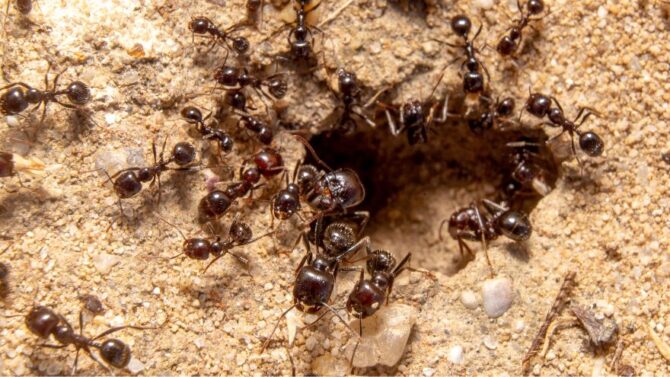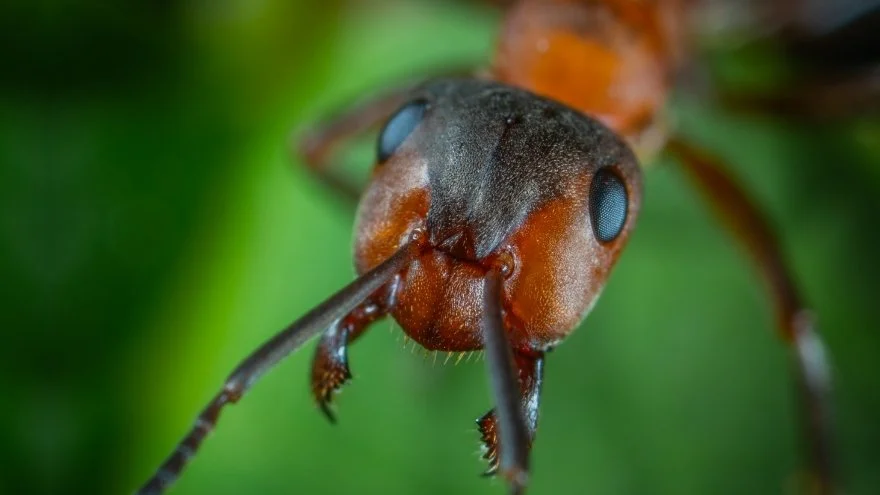We can all agree that there is always a king to every queen.
Many humans believe that one can’t work without the other and in some cases, the king dominates the queen.
However, social insects like bees, wasps, and ants don’t share similar sentiments.
In the ant kingdom, there is no such thing as a king ant. The ant castes (queens, workers, and males) perform specific tasks and work together to achieve a peaceful and working ant colony. The queen ant is given the title because she is the mother of all the ants in the colony.
This brings us to ask a very important question… “If there is a queen ant, why is there no such thing as a king ant?”
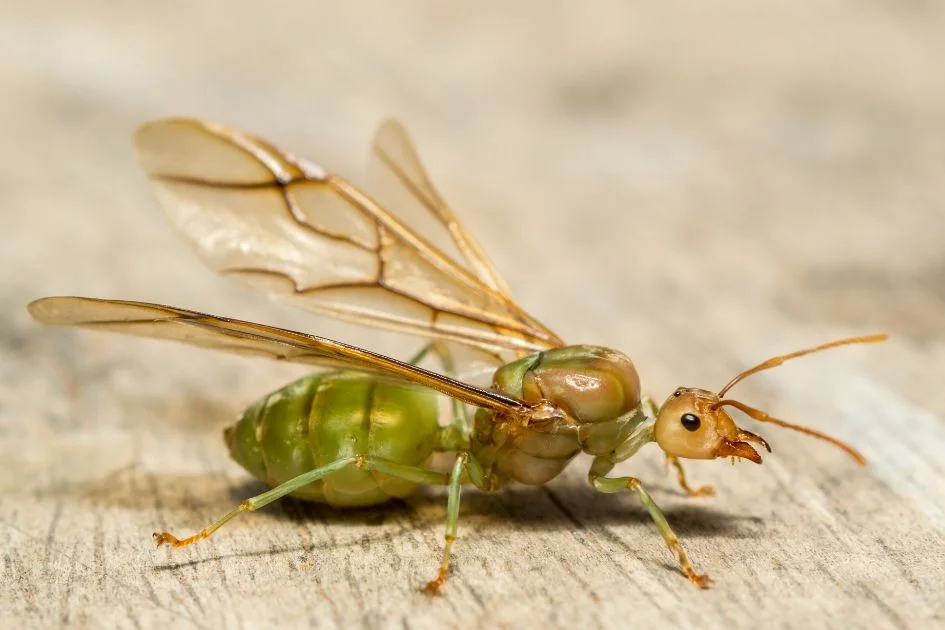
Okay, now I know you’re curious. Continue reading to find out why the Ant kingdom settled for only a Queen.
3 Surprising Reasons why there is no king ant
Ants operate in a caste system, and the queen is at the top. Just like the male ants she mates with, she’s born with wings that later sheds after mating.
The queen ant is referred to as a princess until she takes part in the nuptial flight, mates with a male ant, and flies off to start her colony.1
A queen ant is also regarded as the mother of all the ants in a particular ant colony and tends to live longer than the others.2
In an official setting, she’s referred to as a “Gyne“– gotten from a Greek word meaning “woman”.3
No colony exists without a queen and none can survive without her either (this is especially so for colonies with one queen) as the sole responsibility of establishing and populating a colony lies on her.
It is quite surprising that a queen ant wouldn’t choose one of the ants she mates with as her king.
Here are three peculiar and interesting reasons why ant colonies don’t have kings:
1. The ant community doesn’t subscribe to the king-queen thingy
Hold on! There’s been a mix-up. Let’s clarify.
The social insect’s definition of a queen is quite different from what we perceive it to be.
A queen to humans signifies royalty and this translates into a person of great importance and power–a leader.
To ants, the queen title is only decorative. It’s given to any fertile female ant that starts a thriving colony by laying eggs, hence the name”Mother ant.”
What this means is that there is absolutely no need for a king when the queen title we give fertile female ants is only to remind us of her contribution to establishing an ant colony.
Asides from this important role she has to play, the queen ant is not a leader.
2. Male ants die soon after they mate – they have a very short lifespan
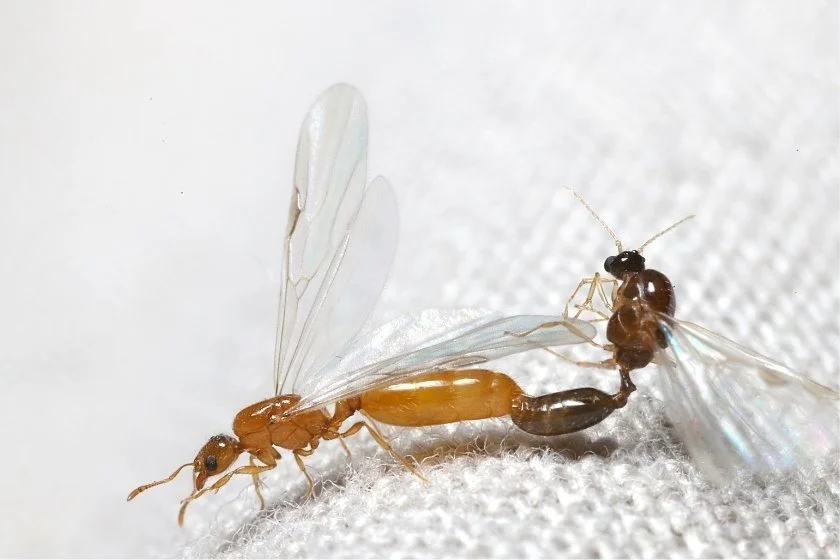
The winged male ants mate with the queen, and a few days after mating, they die. The queen gets what she needs and that’s the end of their relationship.
Too bad that the sperm donor has to die, but that’s just the way it is.
The queen has enough sperm stored in a specialized pouch in her abdomen which fertilizes the eggs she lays to produce millions of ants later on in life and doesn’t need anyone to be her “king,” unlike the termites that engage in lifelong breeding.
3. It is not in the rulebook
Mother nature placed the queen at the center of bringing forth new lives and establishing a colony.
There is no rule whatsoever that suggests that a queen must take a king. There is also no need for that to happen. The queen didn’t choose herself, nature did.
If the Queen isn’t a leader, then what’s her role in the ant colony?
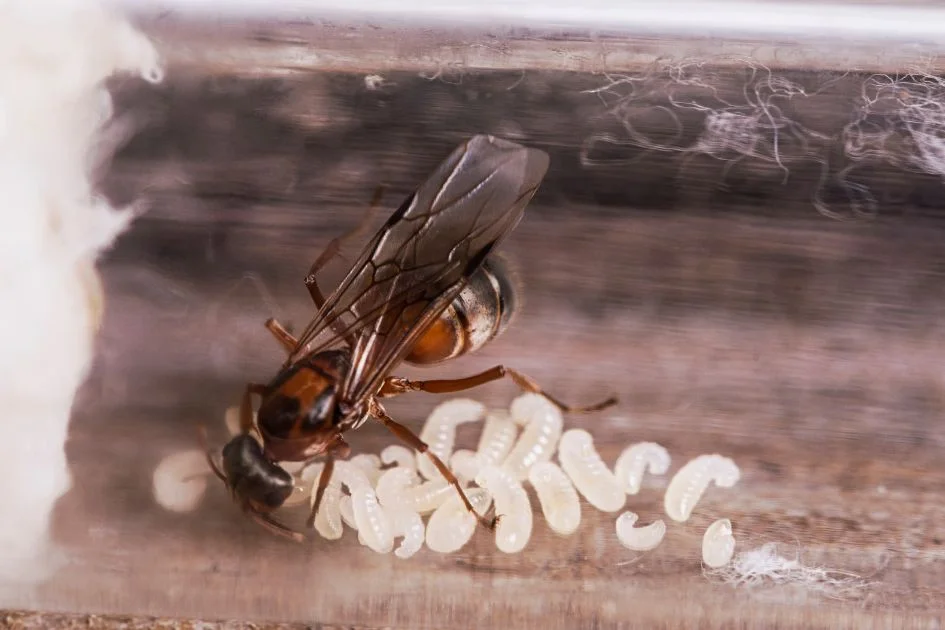
The queen ants are usually the largest and they are responsible for establishing a colony. No ant community can exist without her.
The responsibility of reproduction is on her (her major role is to lay eggs). She’s the queen with the royal title that doesn’t have real authority over the other ants.
What are the roles of the other ants in the colony?
Thousands of ants can be in a colony and they’re grouped in a caste system. Asides from the queen ant, there are the worker ants and male ants.
Let’s look into some of their roles…
Worker Ants
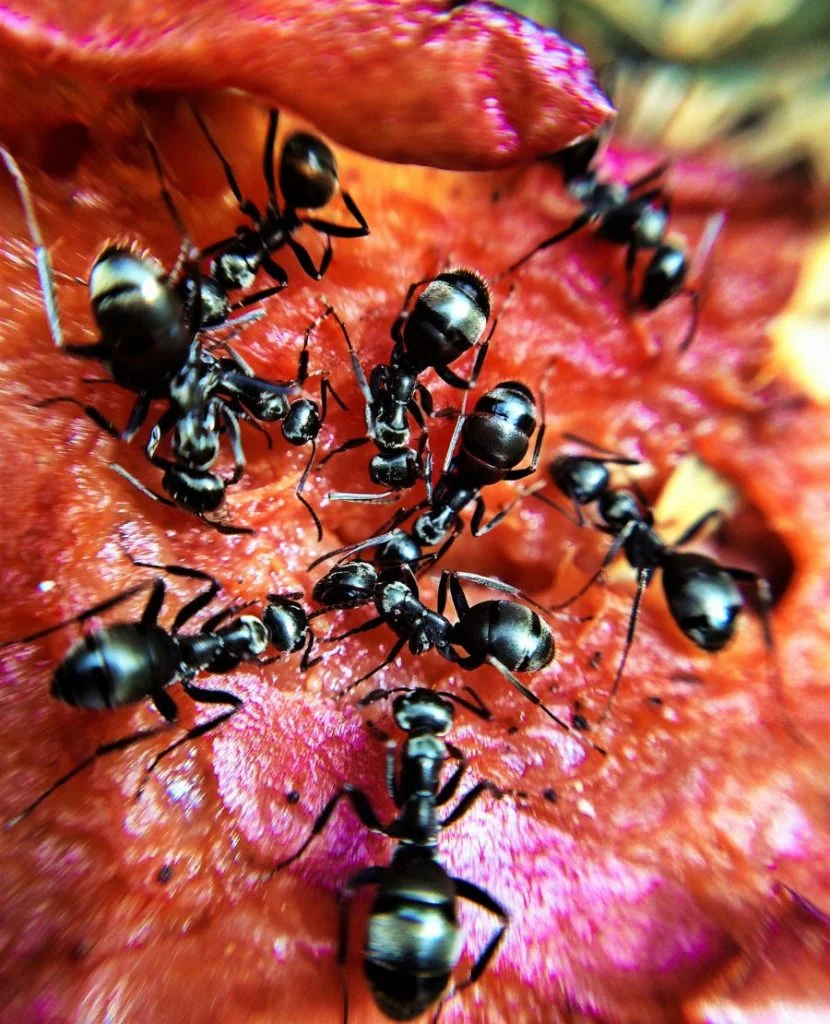
All worker ants are females with a reduced possibility of having offspring.
These ones help with tasks in the colony like building nests, taking care of the queen and younger ants, foraging, policing conflicts in the colony, and waste disposal.
Generally, they see to it that the other ants survive.
Male Ants
Male ants are also known as “drones”. They have just one job, and that is to donate their sperms to the queen as a way of helping out in reproduction.
Soon after mating with the queen, they die. Their sperms have the ability to live on for several years in the queen ant’s specialized pouch which she uses to fertilize her eggs.4
Can there be multiple queen ants?
Yes, an ant colony can have more than one queen, but this is entirely dependent on species and diet.
Species
There are ant species that have only a single queen, and these are referred to as “monogyne”, while some can have multiple queens in their nests and they are called, “polygyne”.
Diet
The ability to have more than one queen also depends on their diet. Any female ant larva can become queen, but only those that consume foods high in protein has a greater tendency.
The other larvae that consume food with less protein end up developing as worker ants.
How to identify a queen ant
If your house has been infested by ants, there’s a high probability that a colony has been established there or nearby.
To terminate ants from your space, you can consider taking down the queen first because most ant colonies cannot survive without her.
Here are some easy ways to identify a queen ant based on its appearance:
Size
In many ant colonies, the queen is usually larger than the other ants, but there is also a fair chance of the worker ants becoming bigger than the queen. Therefore, the size of an ant is not always accurate in identifying the queen.
Wings
Queen ants are born with wings because, for a greater part of their lives, they’ll need them to fly to find new colonies for mating. When you observe a large ant with wings, it might just be a queen ant.
Queen ants shed their wings after mating, so another way to identify her is by looking out for signs that this royal bug has shed her wings.
If you look closely at the central portion of the ant’s body, there are some visible small bumps sticking out from both sides of its body.
These are places where wings have once been. Wing attachment points are a perfect indication that you’ve found the queen.
Large thorax
If the ant has a thorax that is half the size of its body, hooray! That’s your queen ant right there.
The thorax is the region between the neck and abdomen of an ant. It is bigger than that of a regular ant.
Summary: Why is there no king ant?
Life is not fair to the male ants. They exist to mate and thereafter die. The female ants they mate with grow to become queens.
The queen starts a colony, but this doesn’t necessarily make her a leader. She can carry out her royal duties of reproducing new ants without a king.
Also, humans and ants don’t share the same complex social hierarchy, that’s why ants don’t need a king for their queen as we humans do.
Now you know why king ants do not exist!
Check out these interesting articles:
References & Notes
- McVean A. (2018) Queen Ants Don’t Have a Divine Right to Their Thrones, Just the Right Genetics. [online] McGill University.
- Queen Ant. [online] Wikipedia.
- Gyne. [online] Wikipedia.
- Durant C., John M., et al. (2019). Six amazing facts you need to know about ants. The Conversation.

